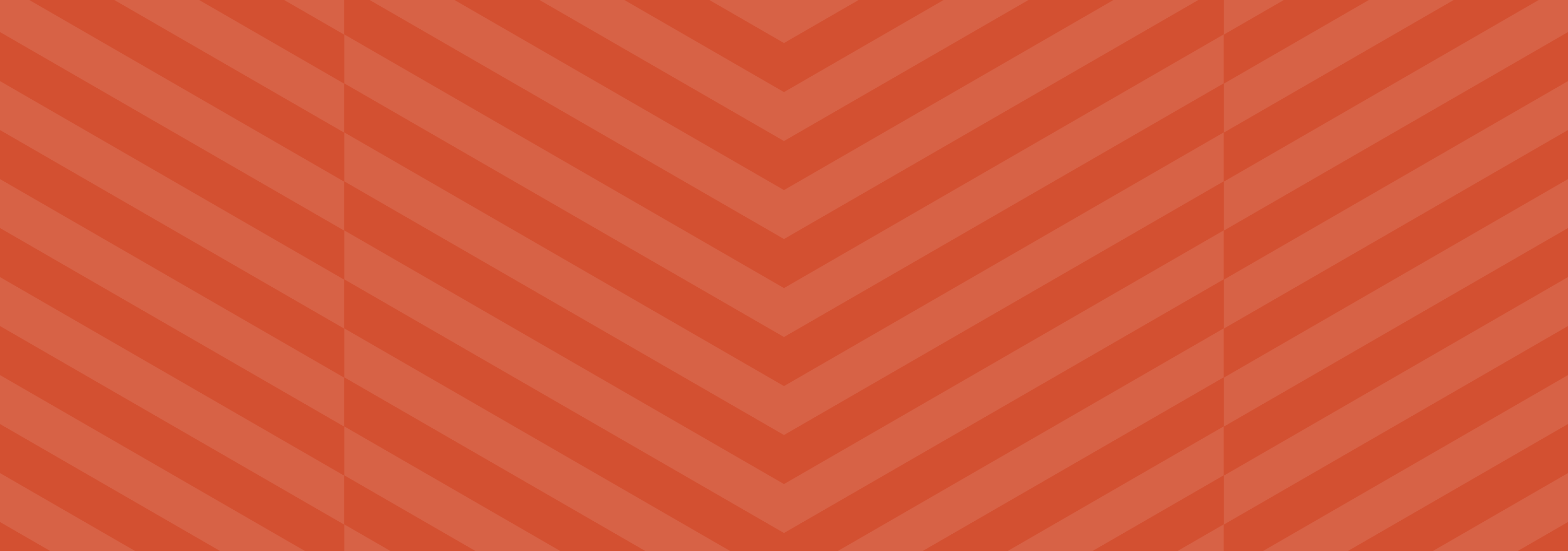Niya Nehiyaw/ I am fully Cree
Photo by Tashina Lewis (Nisga’a, Tahltan, Tlingit, Tsimshian)
This image confronts the idea of mixed identity. My ancestors are Cree/Saulteaux, French, German/Jewish, and Scottish/English, and for most of my life I identified myself in fractions: “I am one-quarter this” or “one-quarter that.” However, it never felt good to talk about myself this way, and I couldn’t help but notice that whenever I was asked why I looked so “exotic,” the person asking would hardly ever share their own ancestry in return. While non-white features have to be explained or justified, whiteness is the norm that goes unquestioned and unseen.
Although I know that I have passing privilege, it has always been made clear to me that I look “not quite white.” At the same time, people don’t automatically assume that I am Native, and I have heard many racist remarks that were made in what was thought to be the safety of a non-Native audience. Conversely, although I strongly identify as Indigenous, in Indigenous spaces I still get asked if I am Native. The message is that I am not white enough to be white, nor am I Indian enough to be Indian. While I am told I don’t belong, I am also told ‘white’ and ‘Indian’ are legitimate categories. But really, these are false binaries that uphold hierarchies of power.
In order to fully love myself, I have to fight back against the identity labels that are put on me by settler society. After 500+ years of colonization, it is not useful to have a preconceived notion of what Indigenous looks like. Today, when I hear someone say that they are “one half” of something, I want to know, which half? We are whole people, not pies. Identity labels serve the colonizer because they are divisive and they create a breeding ground for self-hate. My Cree family loves all of me, not a part of me, and when I walk in Treaty 4 territory I know the land loves all of me, too. This is why I say Niya Nehiyaw, I am fully Cree.




